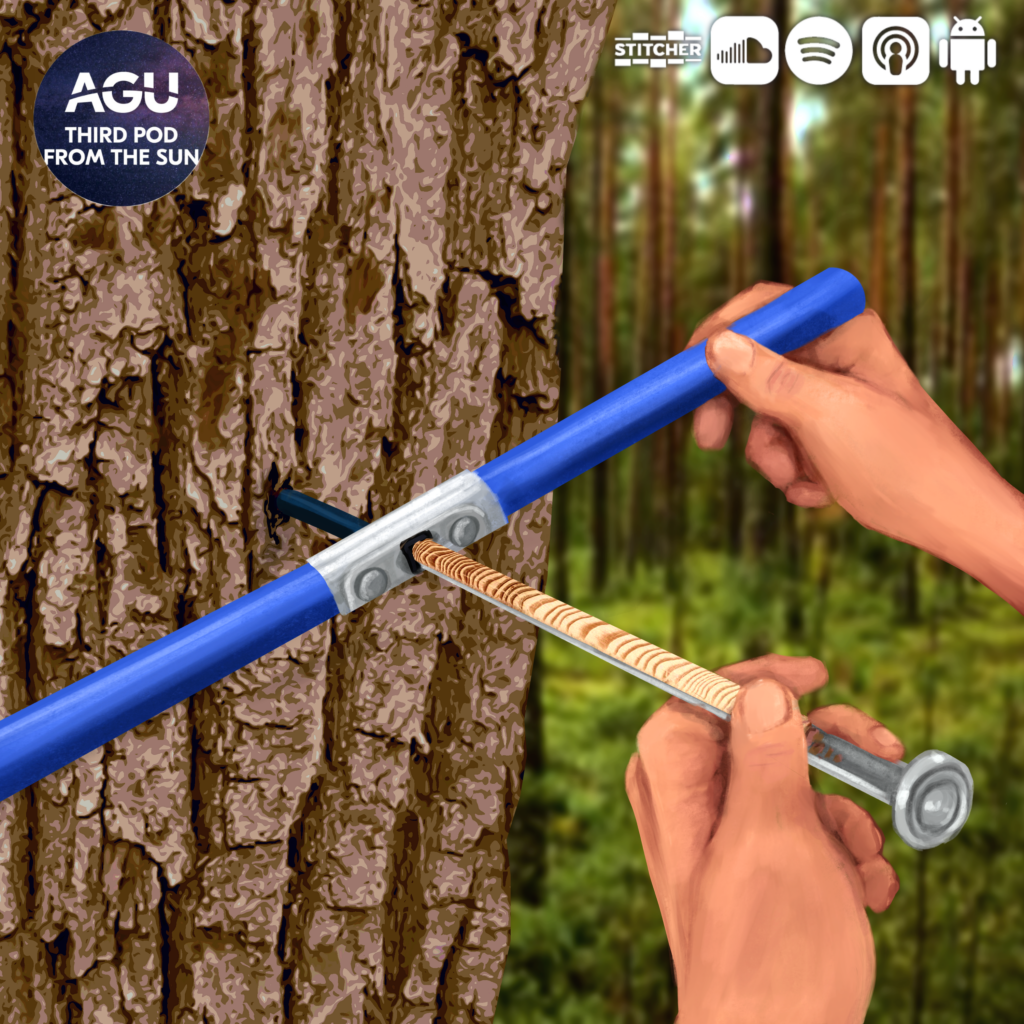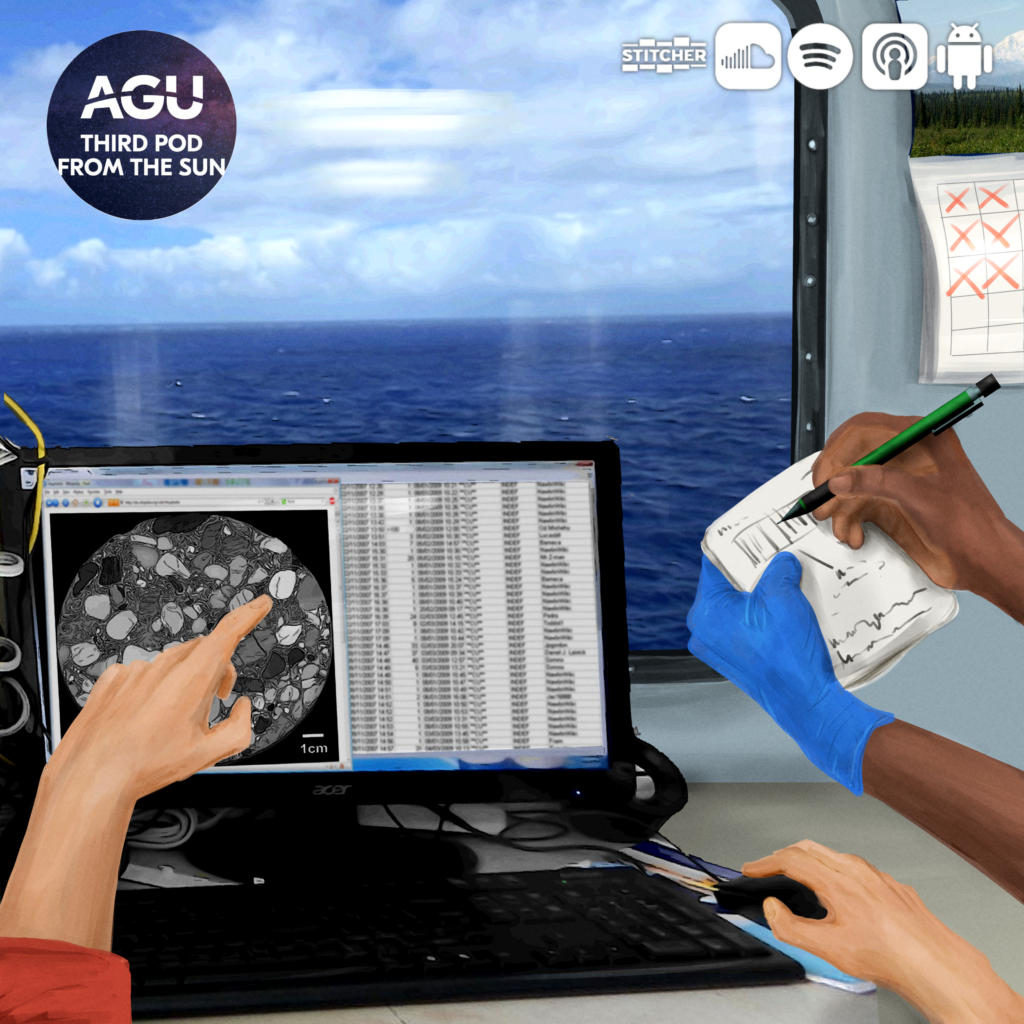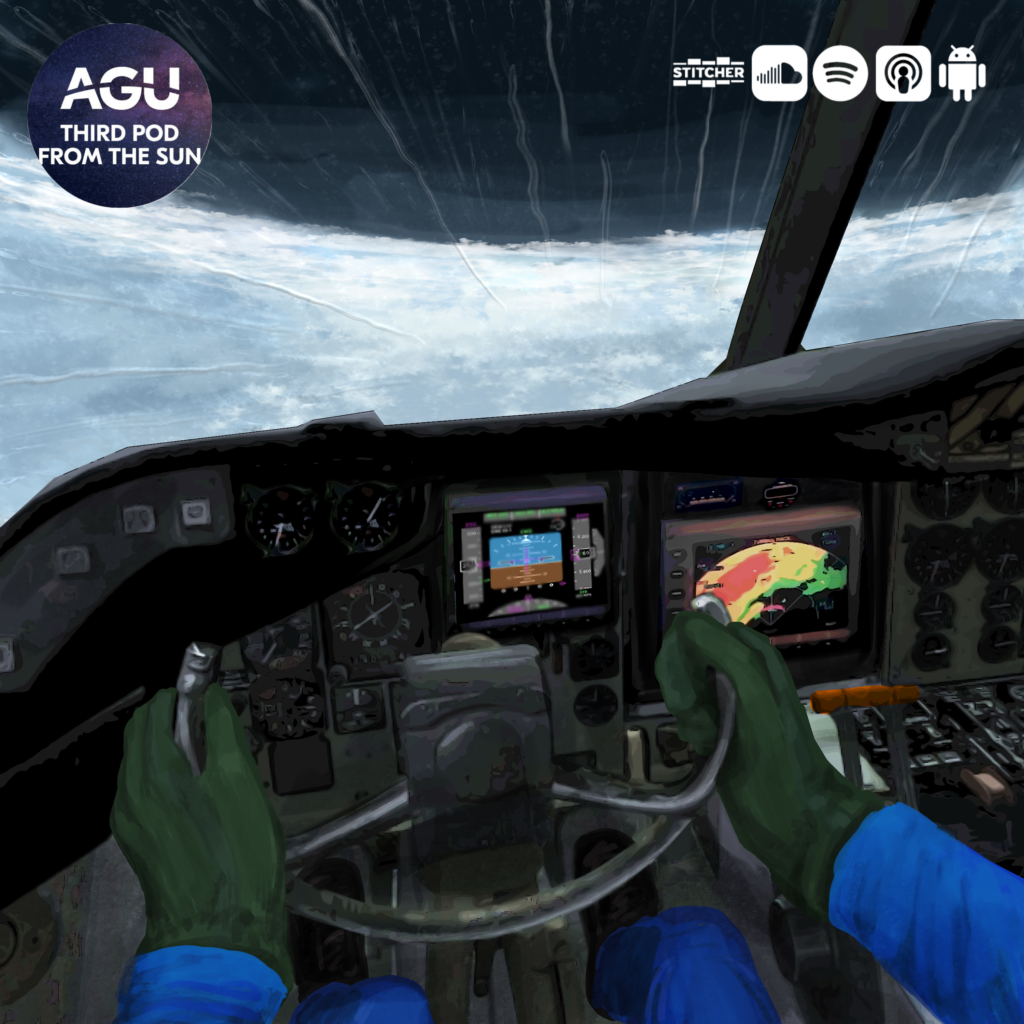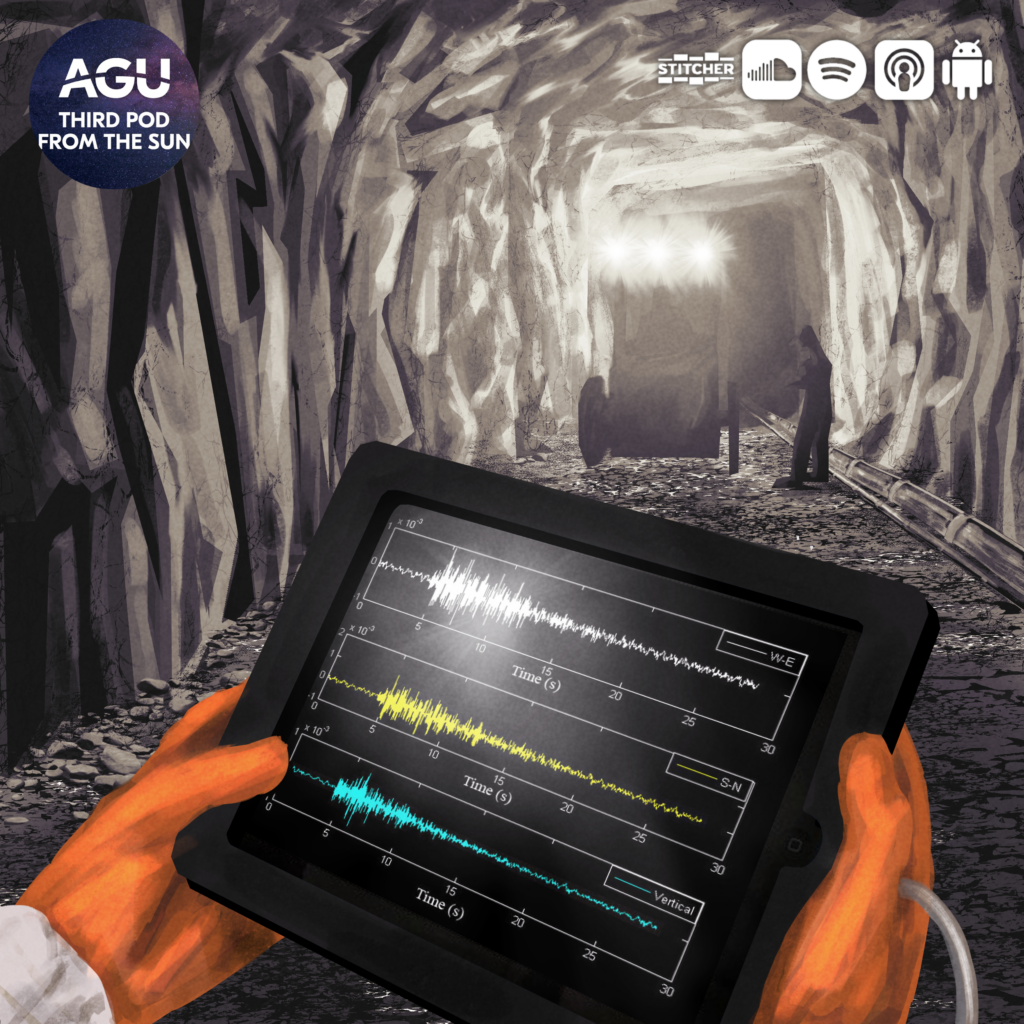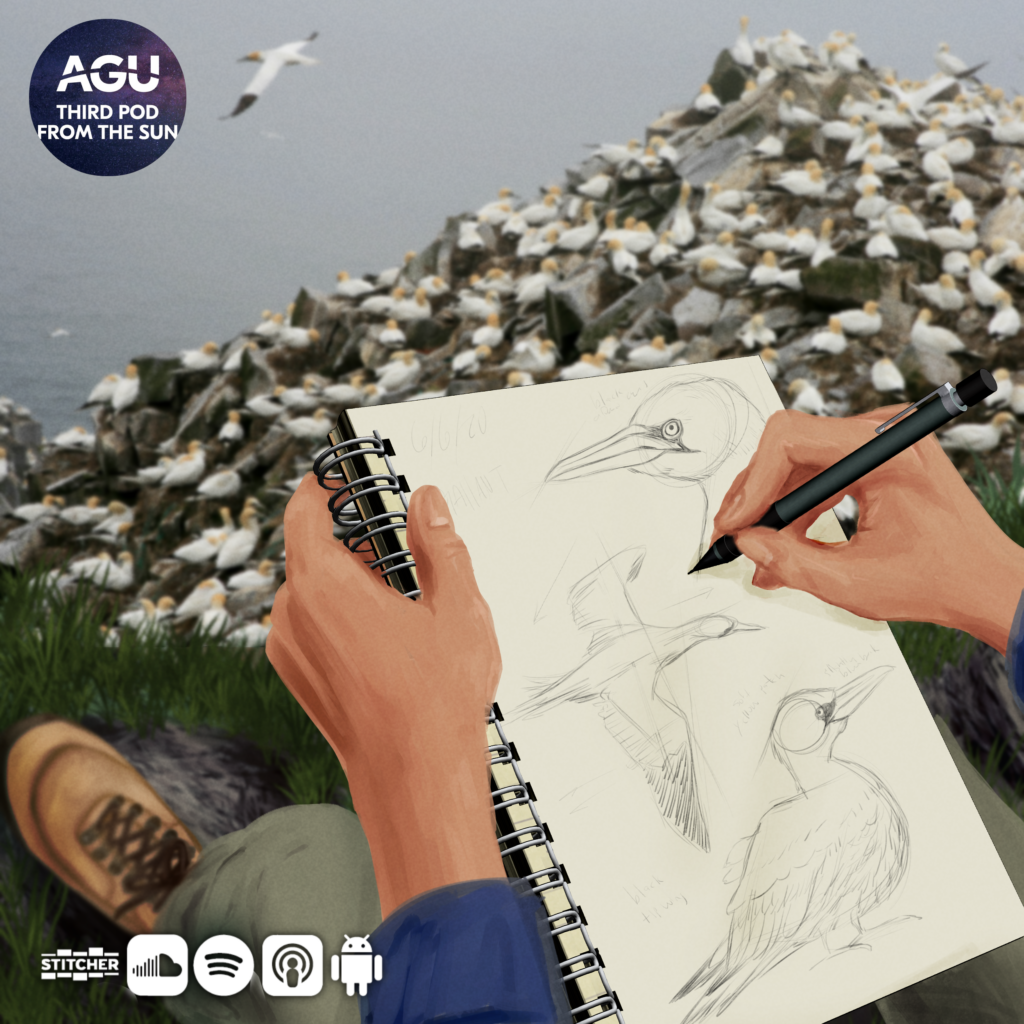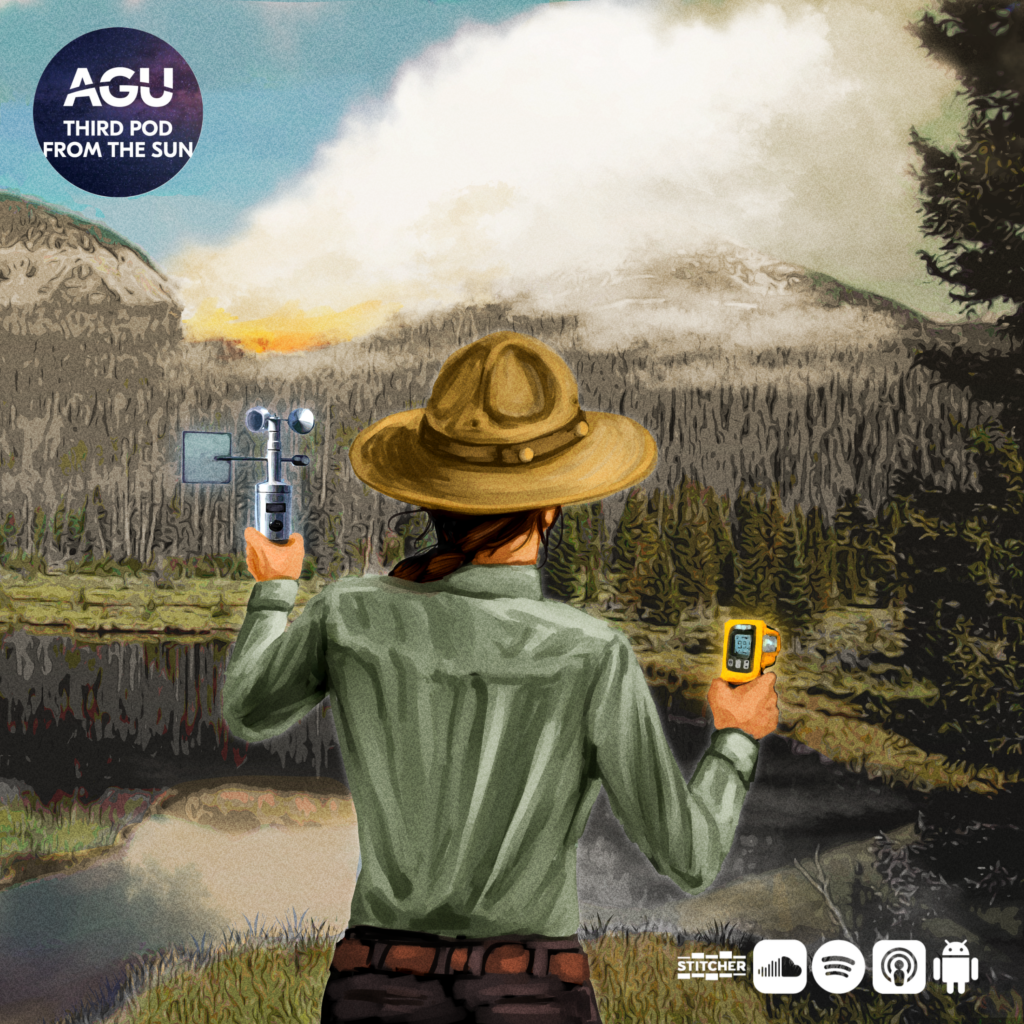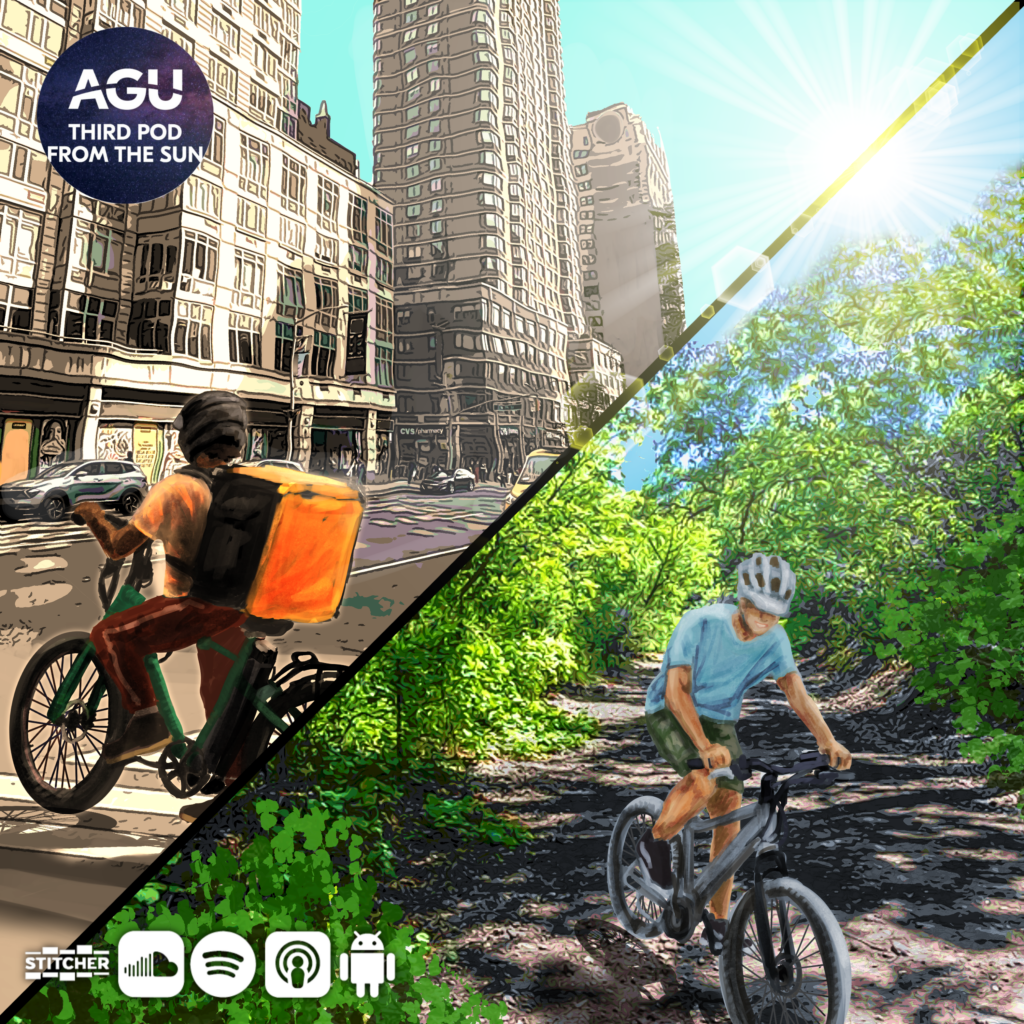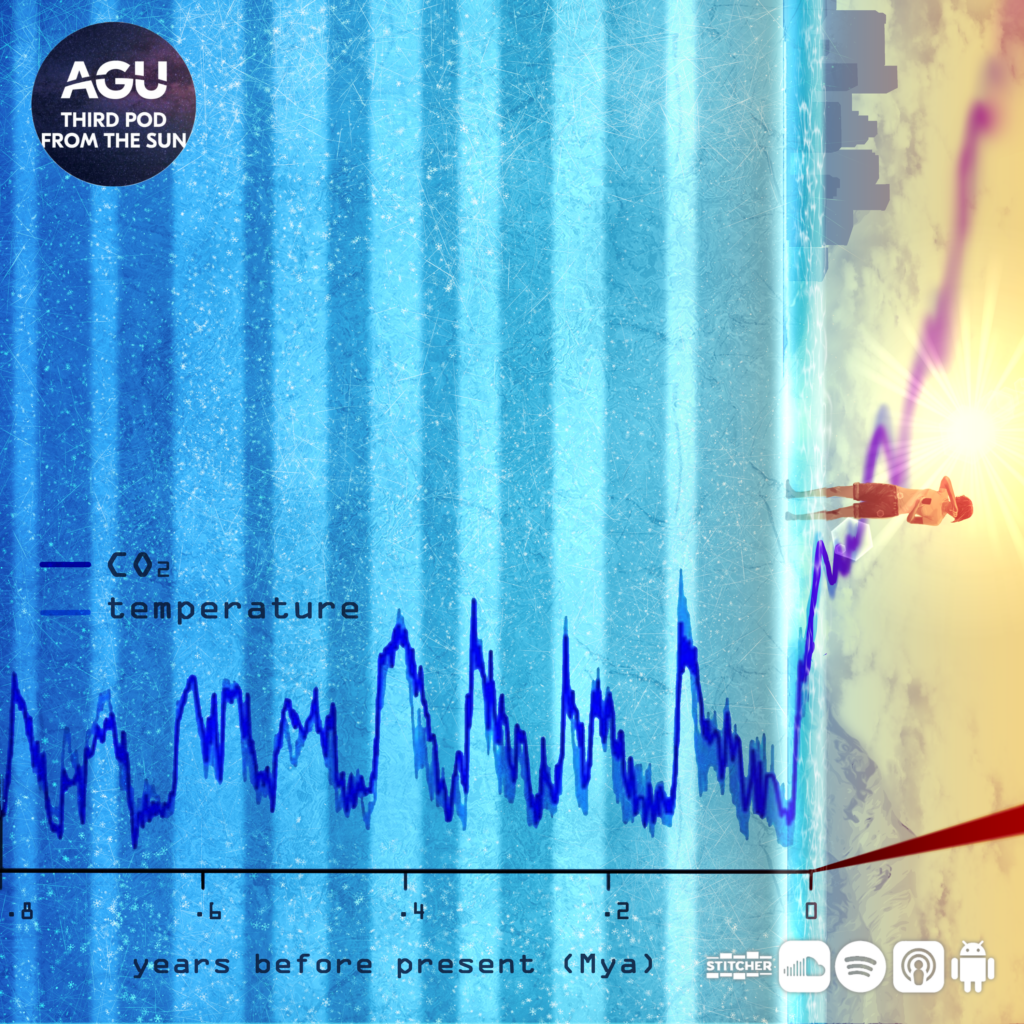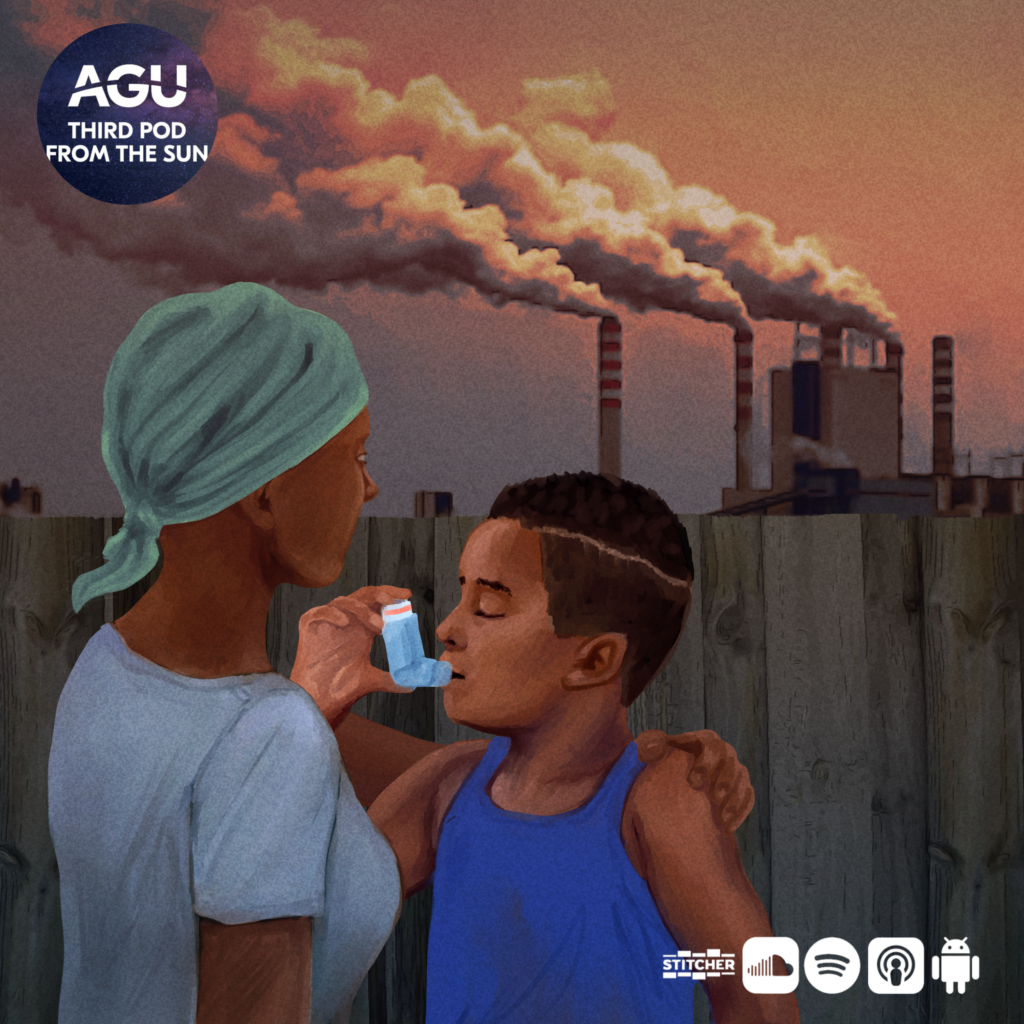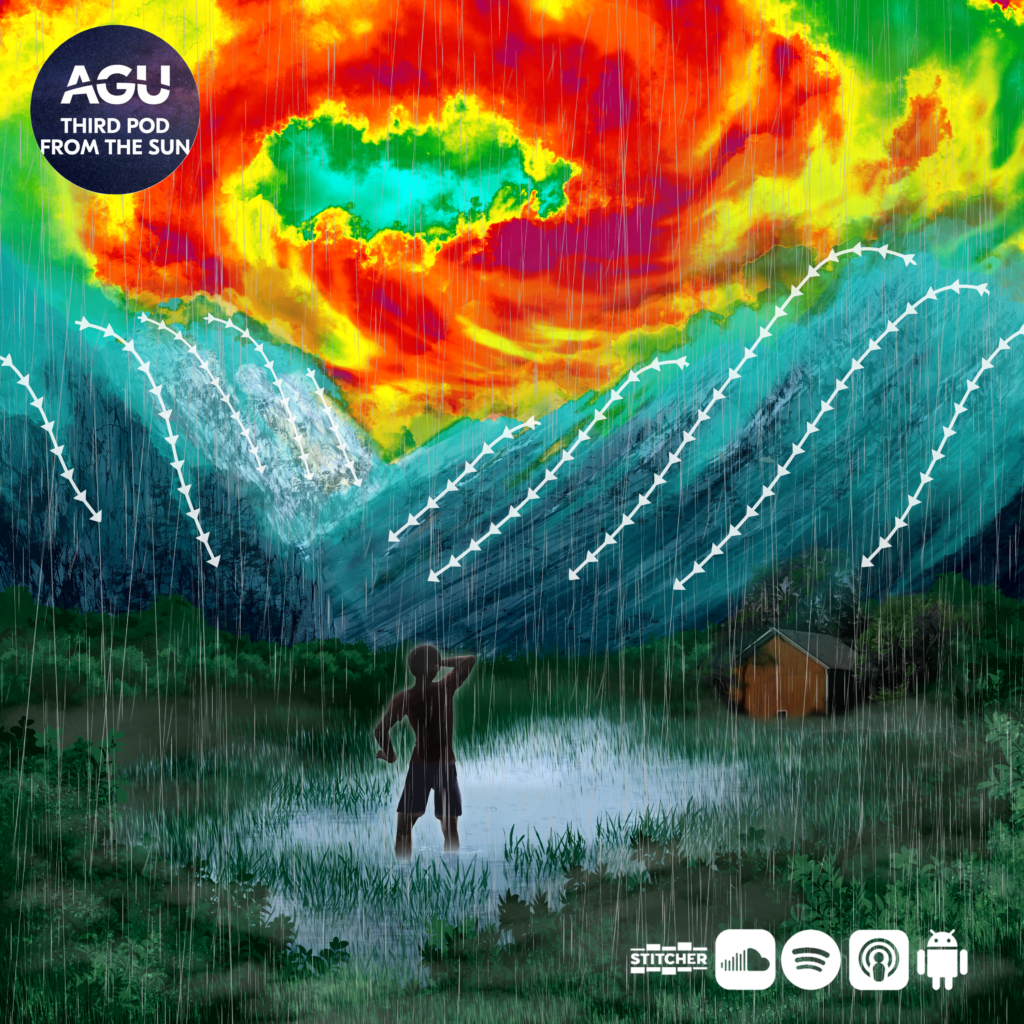Posts Tagged ‘Science & Society’
Fieldwork rocks: Tree rings of the Civil War
In the mid 1800’s, right before the start of the U.S. Civil War, North America began to experience unusually low rainfall that lasted approximately 10 years. This drought, on par with the Dust Bowl of the 1930’s, may have played a role in the near extinction of the American Bison due to the migration of people to areas that were lusher and more conducive to farming.
Read MoreFieldwork rocks: Marooned on purpose
You might think of a deserted island when you picture being marooned, but for some geology researchers the island is their research ship. To collect samples of rocks and sediments from deep beneath the ocean, scientists park a ship called the JOIDES Resolution in place out at sea. That gives them plenty of time to drill for their samples, but it also means spending two months offshore.
Read MoreFieldwork rocks: Head in the (funnel) clouds
Every year between June and November, researchers take to the skies to better understand and measure hurricanes. Heather Holbach is part of NOAA’s Hurricane Research division and is one of the scientists on the flight team who gets up close and personal with hurricanes.
Read MoreFieldwork rocks: From sea to quaking sea
Seismologist Margaret Boettcher has ventured to the depths of South African gold mines and the middle of the Pacific Ocean in a quest to find earthquakes that are predictable enough to measure and simple enough to understand.
Read MoreFieldwork rocks: Picturing science
Joris De Raedt, a passionate scientific illustrator dedicated to capturing the beauty and significance of nature through his art, strives to foster a deep connection between people and the fauna and flora that inhabit our world. Despite utilizing modern tools like a graphic tablet, his illustrations pay homage to a timeless style of documenting the natural world.
Read MoreSolving for climate: Understanding the “wild” in wildfire
Wildfires seem to be happening more often, and in 2020, Colorado experienced the worst fire season in its recorded history. Extreme fire events are often assumed to be caused by climate change, but it is not immediately clear this is the case.
Read MoreSolving for climate: The silent killer in your urban backyard
Cities are hotter due to concrete and asphalt absorbing and retaining heat, less tree cover, AC units pumping out hot air, and more. Most worrying is how hot it remains at night, when bodies are trying to cool down and recover from hot daytime temps.
Read MoreSolving for climate: Earth’s next top (climate) model
We all know the saying “history repeats itself” but to what extent is that true when it comes to Earth’s climate? In order to understand and even predict future climates, transitions from one historical climate state to another can be mathematically modeled by atmospheric scientists like Dr. Matthew Huber.
Read MoreSolving for climate: (Health and safety) in (climate) numbers
We’ve all probably heard about how climate change is affecting the ice sheets and polar bears, but what about human health? More severe and numerous floods, droughts, and heat waves impact a wide range of health outcomes, and shifting biomes may spread diseases to new places. How do scientists understand which portions of health effects are caused by climate change, and how can health organizations be prepared?
Read MoreSolving for climate: Do go chasing hurricanes
Jane Baldwin is a storm chaser, only her mode of chasing is computational modeling using multiple streams of data. As an Assistant Professor of Earth System Science at UC Irvine, she models how hurricanes and other natural hazards respond to atmospheric dynamics.
Read More
